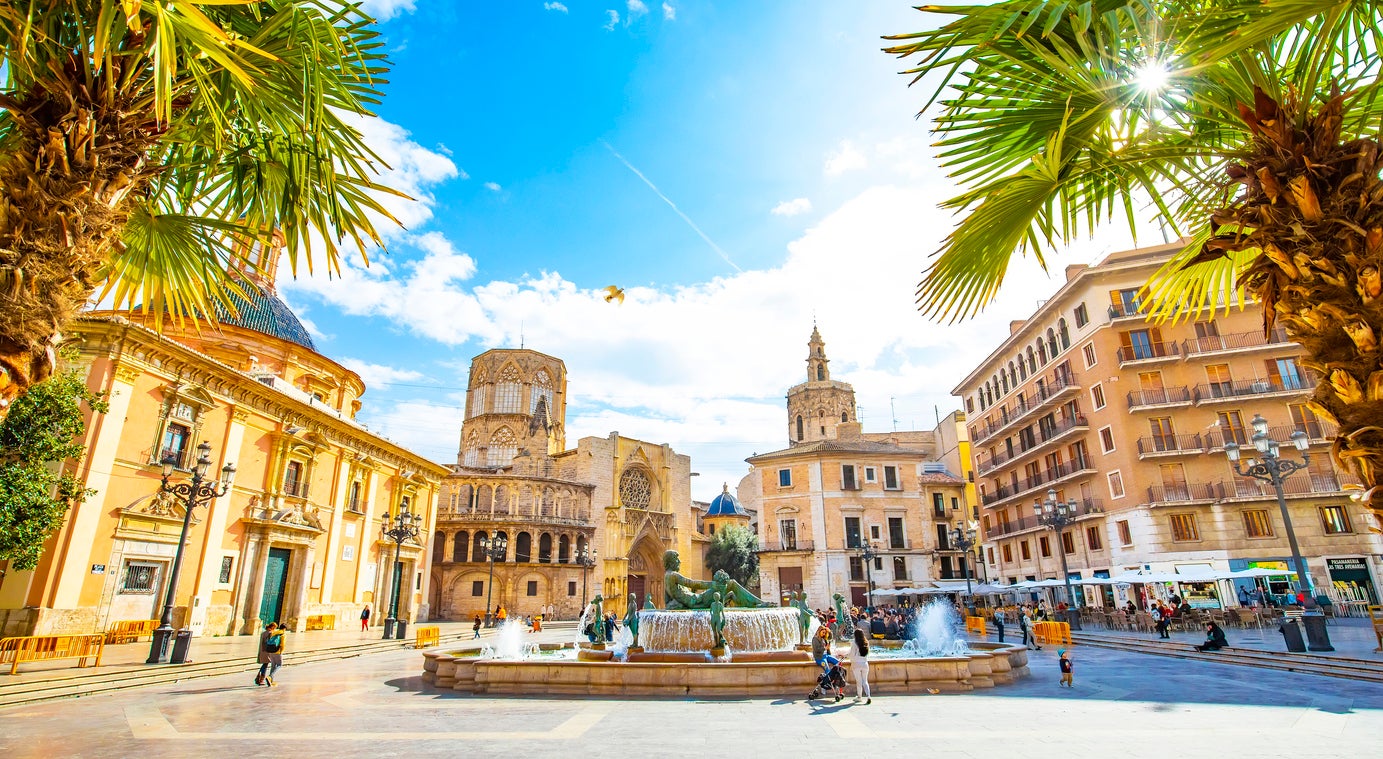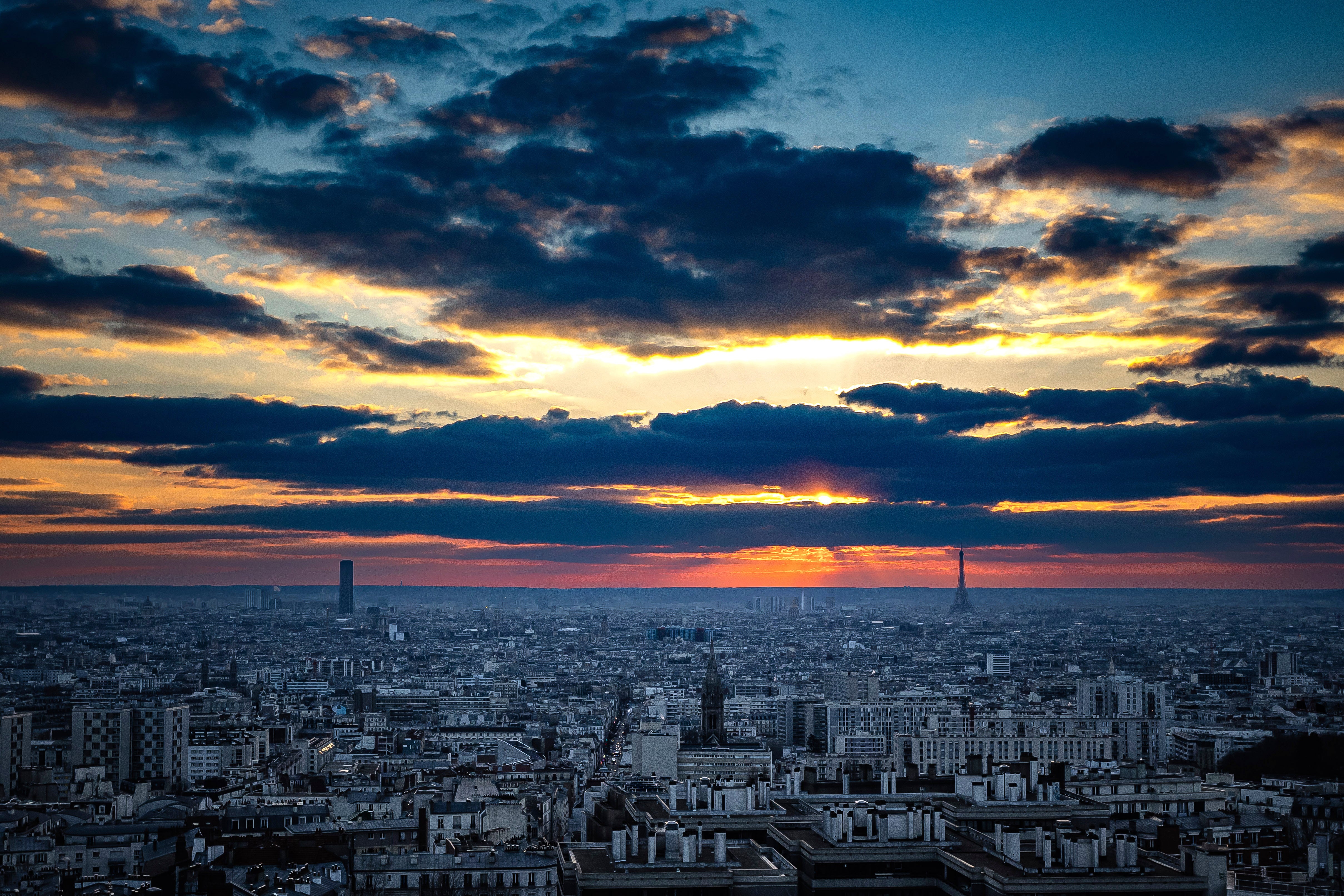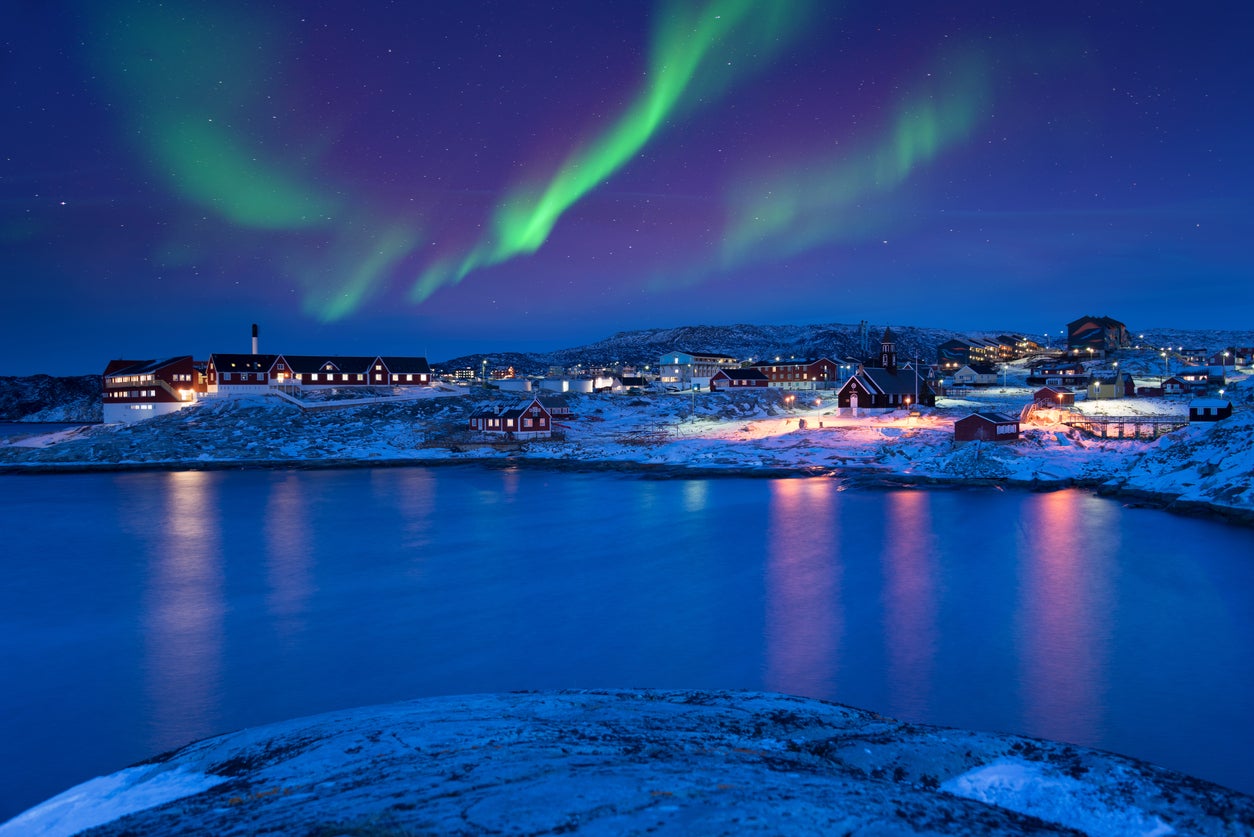The Independent's journalism is supported by our readers. When you purchase through links on our site, we may earn commission.
The secret decision-making behind ‘best-of’ travel lists – and why they always seem to get it wrong
Arbitrary at best and greenwashing at worst, it’s hard to believe these lists are influencing the average traveller, writes Lucy Thackray


It’s that time of year again. “These are the destinations to visit in 2024,” trumpet the world’s travel publications, spinning the bingo cage of nations and emptying out 10 or so contenders. Over the years these lists have gone from something lighthearted – a handful of snapshots for your next holiday inspiration – to something more complex and layered.
Sub-categories were added: best for sustainability, best for families, best value. Some titles began cramming five or six small-scale choices (this national park, that third city) into one entry. The madness culminated with this year’s Lonely Planet list, which (to mark 50 years of the brand) namechecks 50 locations we must visit in 2024. Fifty! That’s more countries than some of us will get to in a lifetime. Meanwhile, National Geographic published 30. It hardly helps narrow down our two holidays for the next calendar year.
A cynic might look at a list like Lonely Planet’s and think: there’s a formula here. Take a handful of ever-adventurous destinations, stir in a couple of commercial favourites (Mexico, St Lucia), one you’ve barely heard of (Benin) – and chuck in one attainable European number (Croatia) so we can feel good about at least having a chance of getting to one of them next year.

“There’s definitely a formula,” says one ex-travel editor, who would rather not be named. “I can always spot the cooler-than-thou destination, and the desperate filler entry – two hotels are opening there, you say?” One UK-specific trick, they say, is to include a traditionally unglamorous domestic location to generate local media headlines: “Blackpool is better than the Maldives, say travel experts!”
Naming no names, I’ve certainly worked on glossy mags where the lists have been drawn up in a suitably arbitrary fashion (“we need a Scandi one... I dunno, Norway?!”... “Nah, we had that last year”...).
In fairness, Lonely Planet eschews the “formula” accusation, saying that its hotlist is voted for by “their global community of staff, local writers, and publishing partners”. “Our picks for this year seek to both inspire and follow the instincts of 2024’s traveller,” said Nitya Chamber, SVP content and executive editor, on the list’s publication. “Best in Travel is Lonely Planet’s heart and soul of travel inspiration, responding to the enthusiasm of travellers who want to explore the world in a way that is authentic, led by local guidance and has sustainable values at its core.”
While some titles have the mix down pat, others hardly reinvent the wheel. Loyalty points website The Points Guy’s top choice for next year is “France” – not a newly cool region or a third city within it, but all 211,209 square miles of the place. It’s listed for being the Olympics host and due to the 80th anniversary of the D-Day landings – but with no mention of the oversubscribed capital, currently flooded with beret-wearing tourists fed by a diet of Instagram and Emily in Paris. (My finger is hovering over the “book” button as we speak.)
This list leaps from “literally anywhere in France” to the enjoyably obscure Bissagos Islands (off the coast of Guinea-Bissau, West Africa, if you were wondering). I don’t know about you, but I’ve still yet to get to previously-trending countries Ghana, Senegal and Namibia before I make it to Guinea-Bissau – let alone getting to its islands. But top points for a WTF (where the f***) entry.
There’s definitely a formula; I can always spot the cooler-than-thou destination, and the desperate filler entry
Another typical but risky move is selecting a place because of one big-ticket opening editors hope will materialise the following year. Take Egypt, or specifically Cairo, which has made these lists several years running due to the “imminent opening” of its Grand Egyptian Museum. The earliest write-ups I can find were for where to go in 2022 (written up in late 2021). As we move into 2024, the museum has just started doing limited test tours, with an official opening date still to be announced.
Less comical are the sustainability concerns. This year, Lonely Planet lists 10 sustainable choices, some as broad as “Spain” and some as narrow as “South Africa’s ecolodges”. Greenland is included, despite concerns about the strain of tourism on its infrastructure. Spain is rightly praised for conscious improvements to its rail travel options and highlighting less well-known destinations, such as Valencia. But locals in Barcelona, with its 2.7 million cruise passengers per year and rising tourist tax, may be less than delighted to see their country listed.
“Firstly, to say an entire country is ‘sustainable’ is inaccurate and disingenuous,” says Julie Cheetham, managing director of travel sustainability platform Weeva. She’s working to rid the travel industry of greenwashing and casual green labels, digging into the science behind the S-word. “For every destination, there are specifics involved, from water resources being misused by hotels to cruise ships bringing in too many tourists.” Rather than just accepting that a destination is sustainable at first glance, she is urging travellers to use online data to fact-check the situation on the ground.

“Where are residents up in arms about tourism, for example?” Cheetham asks, referencing Hawaii in the wake of the fires in Maui, and Amsterdam’s response to rowdy nightlife. Regarding South Africa’s ecolodges, she says: “South Africa has a coal-fired grid, so it very much depends on which lodge. Do they have access to renewable energy? If they have electric vehicles, are they plugging them into that grid? If an eco-lodge is running on a carbon-intensive grid, it’s a bit of a misnomer.”
New sustainable openings being used as a reason to visit is also a complex matter. “There’s a trend, in Africa but also across Southeast Asia, of new properties popping up constantly and being labelled as ‘eco’,” says Cheetham. “We have to be scrupulous and, say, when are there enough beds in a destination? If there’s enough supply, can we refurbish and renew?”
She wants more transparent data and sustainability research tools for the consumer, so we can decide for ourselves. “We know tourism is the biggest funder of biodiversity conservation and cultural conservation globally, so we don’t want people to stop travelling. But the publishers of these lists have a responsibility to give some sensible caveats: should we go out of season? Where should we stay? Is there an over-touristed area we should avoid?”
To say an entire country is ‘sustainable’ is inaccurate and disingenuous
One thing worth doing, Cheetham tells me, is looking at places which have suffered a negative event in recent years (Morocco’s earthquake, Sri Lanka’s political crisis) and consciously make an effort to visit and spend money there. These rarely make the top destinations lists, yet you could make a substantial difference with one visit.
We agree that there’s room for a list that looks closer – spotlighting individual properties or regional success stories where locals have made a huge effort to turn things around, or created a tourism scene that benefits the community. But, for now, these lists aren’t cutting it. For 2024, I’m making my own.
Join our commenting forum
Join thought-provoking conversations, follow other Independent readers and see their replies
Comments